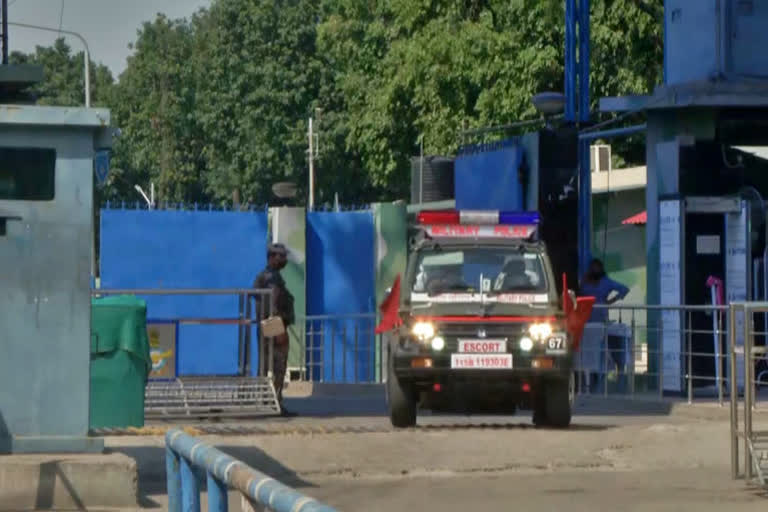Jammu:A preliminary analysis of the payload carried by the two drones used in attacking the IAF station here Sunday indicates that a cocktail of chemicals including RDX may have been used, officials said Monday, with investigators yet to establish the flight path of the unmanned aerial vehicles. The IAF station located at Jammu airport continued to remain out of bounds for everyone with probe teams, which included one from the National Investigation Agency, picking up every bit of evidence available on the ground.
The officials said the explosive material dropped by the drones might have been manufactured using a cocktail consisting of RDX but a final confirmation was still awaited. They said an NSG post-blast analysis team has been sent to the IAF station to study the material. This team will share its findings with the Jammu and Kashmir police and the NIA after completing the task. In what is the first instance of Pakistan-based terrorists deploying drones to strike vital installations, two bombs were dropped at the IAF station in Jammu airport in the early hours of Sunday, causing minor injuries to two IAF personnel.
The explosions took place around 1.40 am within six minutes of each other. The first blast ripped off the roof of a single-storey building at the technical area of the airport manned by the IAF in the Satwari area on the outskirts of the city. The second one was on the ground. The investigations are going on but the teams are still clueless about the path taken by the drones before dropping the bombs, the sources said. Various probe agencies and senior officers of the army, police and other security agencies visited the IAF station for the second day on Monday, while the Army's Quick Reaction Teams were seen patrolling the areas outside the base on regular intervals. J&K Director General of Police Dilbag Singh has termed the incident a "terror act" and said the police and other agencies were working with IAF officials to unravel the plan behind the attack.
